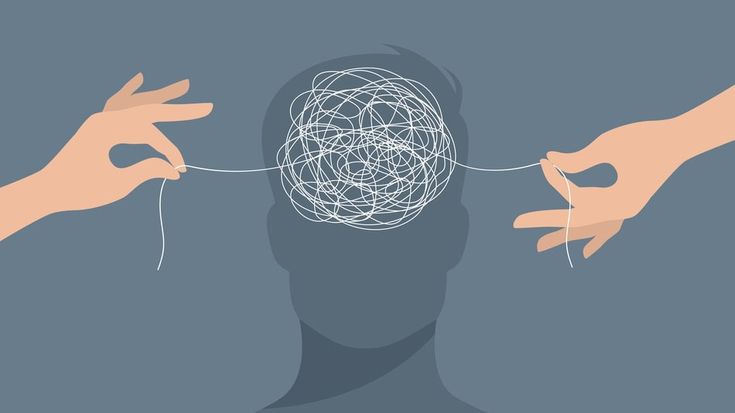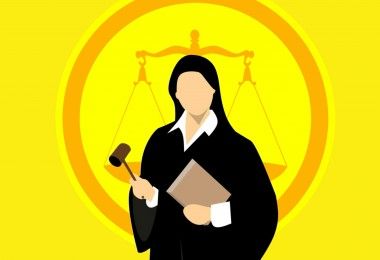The Theory of Cognitive Dissonance is one of the most influential formulations in social psychology, introduced by American psychologist Leon Festinger in 1957. This theory explains the profound human need to maintain consistency among one’s thoughts, beliefs, emotions, and behaviors.
Fundamental Concepts
What is Cognitive Dissonance?
Cognitive dissonance is a state of psychological discomfort or tension that arises when a person simultaneously holds two or more cognitions (thoughts, beliefs, attitudes, values, or knowledge about one’s own behavior) that are inconsistent or contradictory with each other.
- Cognitions: Festinger uses the term “cognition” to refer to any knowledge a person has about themselves, their behavior, or their environment.
- Dissonant Relationship: Two cognitions are dissonant if one logically implies the negation of the other; that is, if they are incompatible to the person.
- Consonant Relationship: Two cognitions are consonant if one follows from or is consistent with the other.
- Discomfort: The state of dissonance is intrinsically uncomfortable and aversive to the individual.
Basic Principles of the Theory
- Dissonance is uncomfortable: The individual experiences psychological discomfort in the face of internal contradiction.
- Motivation for reduction: This discomfort motivates the individual to take active steps to reduce or eliminate the dissonance and restore consonance or coherence.
- Avoidance of increase: The person will actively avoid situations and information that might increase the existing dissonance.
The intensity of the dissonance discomfort depends on the importance the individual attaches to the cognitions in conflict and the proportion of dissonant cognitions versus consonant ones.

Mechanisms for Dissonance Reduction
When dissonance is experienced, the individual attempts to reduce it through several mechanisms, generally by adjusting their cognitions to align with their behavior or vice versa. These are the main methods:
- Modifying one of the cognitions (beliefs or attitudes): This is the most direct method, although often the most difficult. A belief or attitude is changed to make it consistent with the other.
- Example: A person who smokes (behavior) and knows that tobacco is harmful (belief) might change their belief to “Tobacco isn’t that dangerous for me, or the research is exaggerated.”
- Changing the behavior: Modifying the action performed so that it is coherent with the cognition.
- Example: The smoker quits smoking so that their behavior aligns with their belief about the harmful effects of tobacco.
- Adding new cognitions (justifications): Incorporating new information, arguments, or justifications that are consonant and serve to reduce the weight of the dissonance.
- Example: The smoker might add the cognition “Smoking helps me relax and be more productive at work, which compensates for the health risk.”
- Minimizing the importance: Downplaying the significance or trivializing the consequence of the cognitions or the dissonant action.
- Example: The smoker tells themselves, “Anyway, my grandfather smoked his whole life and lived to 90, something’s got to kill me.”
Key Experimental Paradigms
Festinger and other researchers developed several experimental paradigms to study dissonance, the best known being:
1. Dissonance from “Forced Compliance” (Festinger and Carlsmith Experiment, 1959)
- Situation: Students were asked to perform an extremely boring task. Afterward, they were asked to lie to the next participant, telling them the task had been “very interesting.”
- Reward Groups: Some were paid $1 and others $20 for the lie.
- Prediction and Results: The $1 group experienced greater dissonance. Their cognition “I lied” was dissonant with their cognition “I am an honest person,” and the small $1 reward was not a sufficient external justification for the lie. To reduce this high dissonance, they changed their internal attitude, convincing themselves that the task hadn’t really been that boring, thus justifying their lie. The $20 group had sufficient external justification (“I lied for the $20”) and, therefore, experienced less dissonance and did not change their attitude toward the task.
- Conclusion: Insufficient external justification (like $1) for a counter-attitudinal action leads to a greater internal attitude change.
2. Post-Decisional Dissonance
- Situation: Occurs after making a decision between several equally attractive alternatives (e.g., choosing between two apartments or two cars).
- Dissonance: Once the decision is made (e.g., Choosing A), the person has positive cognitions about the unchosen alternative (B) and negative cognitions about the chosen alternative (A). This generates dissonance.
- Reduction: To reduce it, the individual enhances the virtues of the chosen option (A) and minimizes or degrades the virtues of the rejected option (B). This is called spreading of alternatives.
3. Effort Dissonance (Justification of Effort)
- Situation: Occurs when a person makes a significant effort to achieve a goal, but the result is disappointing or not worth such effort.
- Dissonance: The cognition “I worked hard” is dissonant with the cognition “The result is mediocre/disappointing.”
- Reduction: To justify the effort invested, the person tends to overvalue the goal achieved or the group they belong to.
- Example: A person goes through a very difficult initiation process to join a group; to prevent the effort from seeming useless, they will tend to view the group as more valuable than it actually is.
Festinger’s theory is fundamental to understanding how humans rationalize their inconsistencies to maintain an image of themselves as a coherent and rational being.
Key Conditions for Dissonance to Occur
Dissonance doesn’t arise from just any inconsistency; it’s conditioned by specific factors:
1. Freedom of Choice (or Perceived Choice)
Dissonance only occurs when the person feels they have made a decision or performed a behavior voluntarily. If someone feels forced or compelled (e.g., by a threat or a direct order), the external pressure serves as a sufficient external justification.
- No Dissonance: “I said I liked the experiment because the gun was pointed at me” (coercion is the justification).
- With Dissonance: “I said I liked the experiment for only $1, with no real pressure” (lack of external justification / need for internal justification, changing the attitude).
2. Negative Consequences (Self-Consistency Theory)
Later research, such as that by Elliot Aronson, suggested that dissonance is strongest when the incoherent behavior not only contradicts a belief but also has potentially harmful consequences (for oneself or others).
- The tension stems from the threat to the self-concept (“I am a good person, but I just did something bad/stupid”). The smoker feels discomfort not only because of the logical contradiction but because their action puts them at risk.
3. Personal Responsibility
The individual must feel personally responsible for the dissonant behavior. If the action can be attributed to external factors (luck, circumstances, someone else’s mistake), the dissonance is reduced or nullified.

Criticisms and Subsequent Developments
Despite its success, Festinger’s theory has received criticisms that have spurred its evolution:
1. Ambiguity of Concepts
- Criticism: One of the main reproaches is that terms like “cognition” and “dissonance” are often too vague and difficult to measure precisely. It’s complicated to predict a priori which specific cognitions will be dissonant for a person.
2. Self-Perception Theory (Daryl Bem)
- Alternative: Daryl Bem proposed that attitude change isn’t due to the reduction of internal discomfort (dissonance) but to a simpler process of self-observation.
- Bem’s Explanation: We observe our own behavior and infer our attitudes from it. In the $1/$20 experiment, the $1 participant tells themselves: “I told the next person the task was fun, and I did it for very little money, ergo, I must have actually liked the task a little.” This theory is more parsimonious, although it is generally accepted that dissonance explains changes when there is a strong pre-existing attitude.
3. Dissonance as a Threat to the Self (Aronson)
- As mentioned, the most accepted modern development is that dissonance is primarily activated when the behavior threatens the self-concept of being a competent, moral, or coherent person.
In summary, the Theory of Cognitive Dissonance is fundamental because it demonstrates that the need for internal consistency is a powerful motivational force that leads humans to manipulate perceived reality (rationalize) rather than accept the contradiction or error in their own behavior.







Leave a Reply